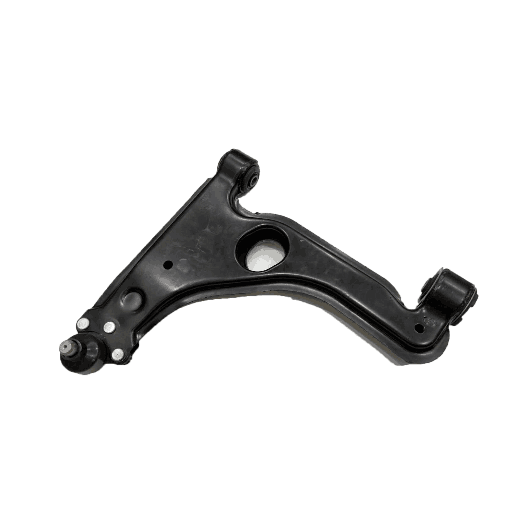The front lower control arms are crucial components of a vehicle’s suspension system. These arms play a vital role in maintaining stability, supporting the weight of the vehicle, and facilitating smooth handling. In this comprehensive blog post, we will delve into the significance of front lower control arms and explore their function, construction, common issues, and maintenance. By understanding these key aspects, vehicle owners and enthusiasts can appreciate the importance of these components and ensure optimal performance and safety on the road.

Function and Importance of Front Lower Control Arms
Front lower control arms, also known as lower wishbones, are suspension components that connect the vehicle’s frame or subframe to the front suspension knuckle or hub assembly. The primary function of these arms is to control the vertical and horizontal movement of the front wheels, providing stability, steering control, and absorbing road imperfections. They also support the weight of the vehicle and help maintain proper wheel alignment. Front lower control arms are critical for ensuring a comfortable and controlled ride, as well as enhancing overall handling and maneuverability.
Construction and Design of Front Lower Control Arms
Front lower control arms are typically constructed using durable materials such as steel, aluminum, or forged alloys to withstand the forces and loads encountered during vehicle operation. They feature a strong, rigid structure with mounting points at both ends. These mounting points are equipped with bushings or ball joints, which allow for controlled movement and flexibility while maintaining stability. The design and construction of control arms may vary depending on the vehicle’s make, model, and suspension system design.
Common Issues and Signs of Wear
Over time, front lower control arms can experience wear and tear due to continuous use and exposure to road conditions. Some common issues include worn bushings, ball joint failure, or structural damage. Signs of wear may manifest as excessive play or looseness in the suspension, clunking or knocking noises, uneven tire wear, steering wheel vibration, or a noticeable decline in handling and stability. It is important to address these issues promptly to prevent further damage and ensure safe operation of the vehicle.
Maintenance and Replacement
Routine inspection and maintenance are crucial for the longevity and performance of front lower control arms. Regularly check for signs of wear, damage, or corrosion. Lubricating the bushings and ball joints as recommended by the vehicle manufacturer can help extend their lifespan. If any issues or signs of wear are detected, it is advisable to consult a qualified mechanic or automotive technician for a thorough evaluation. When replacement is necessary, it is crucial to use high-quality control arms that meet the specifications of the vehicle’s make and model.
Upgrades and Aftermarket Options
For those seeking enhanced performance or specific customization, there is a range of aftermarket options available for front lower control arms. Upgraded control arms may feature improved materials, design modifications, or adjustable components to fine-tune suspension settings. However, it is important to research and choose reputable brands that offer products specifically designed for the intended vehicle and application.
